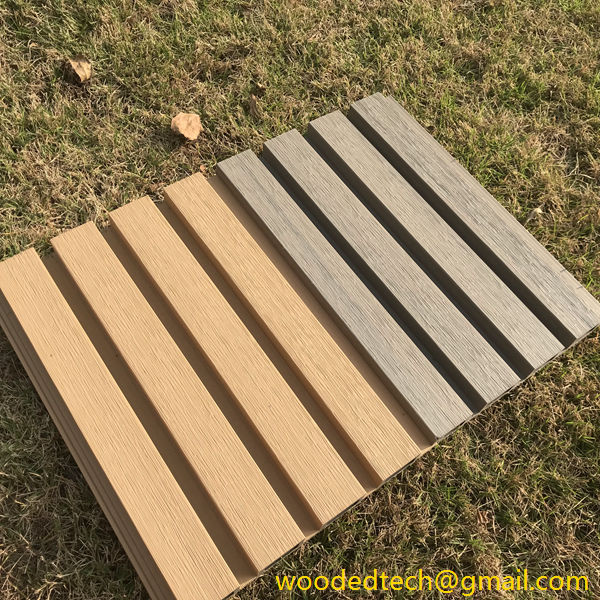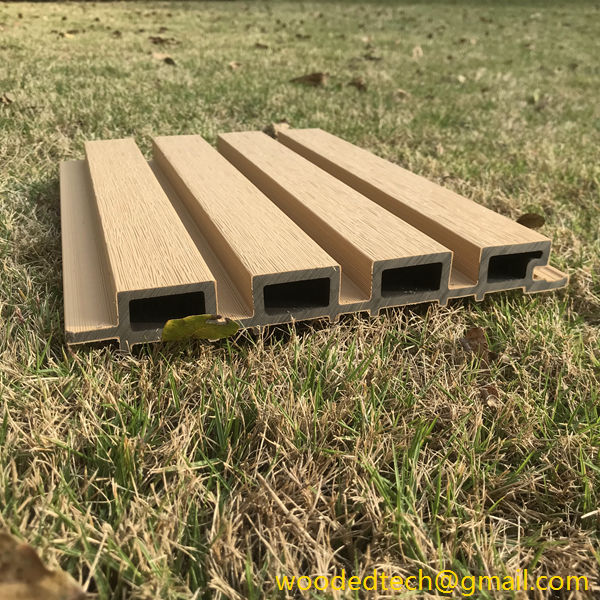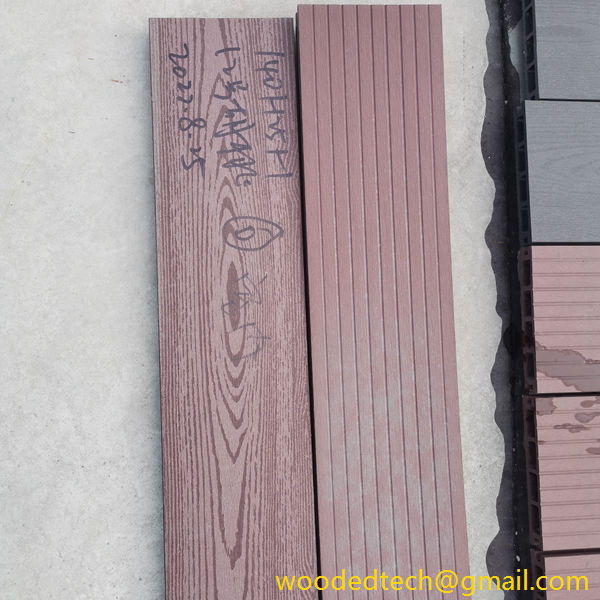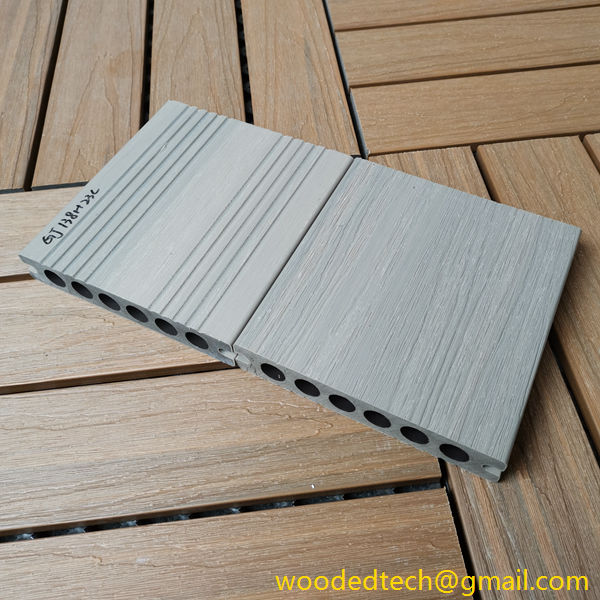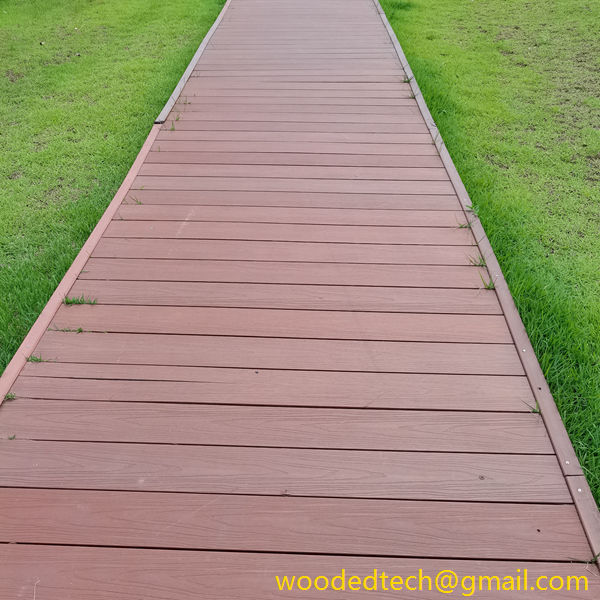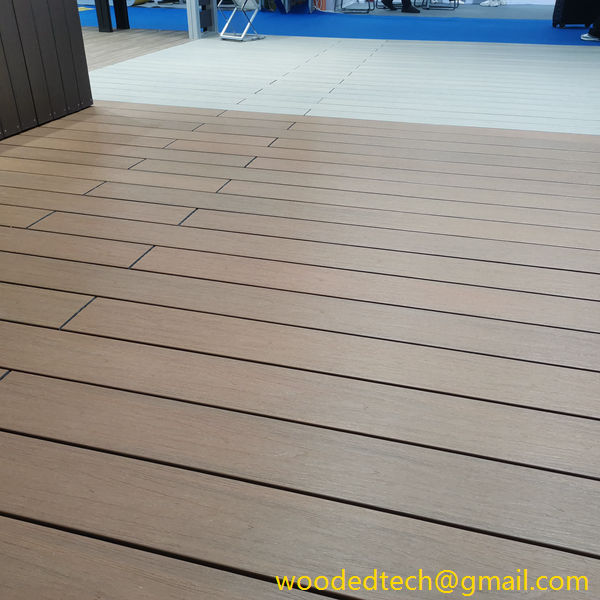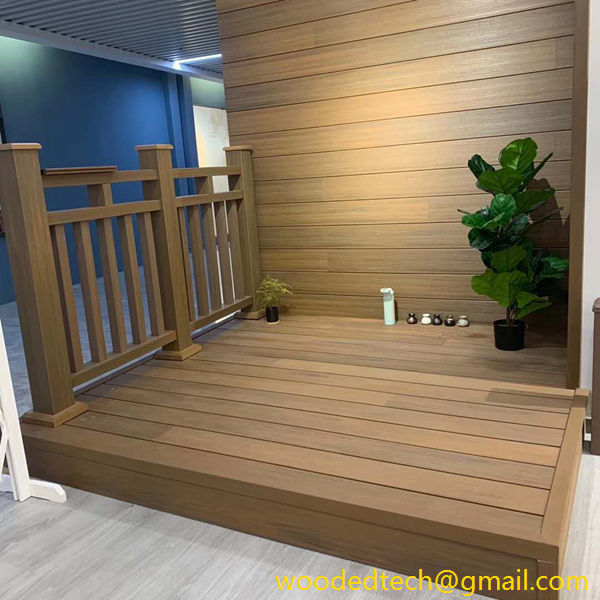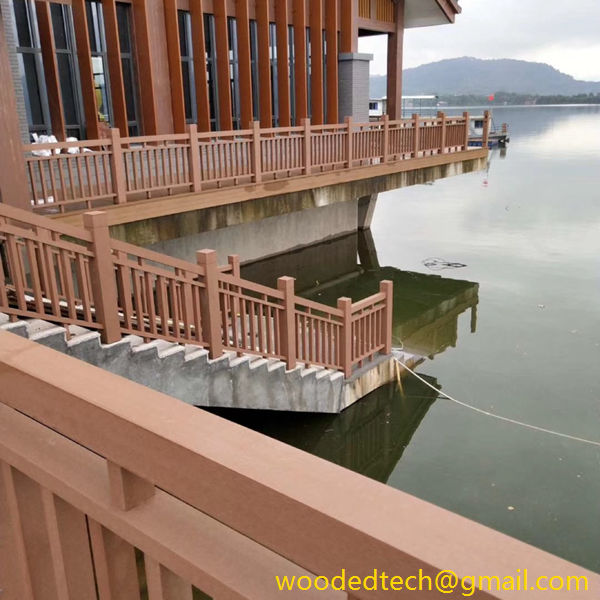Advantages of WPC Cladding Outdoor for Weather Resistance
Advantages of WPC Cladding Outdoor for Weather Resistance Wood Plastic Composite (WPC) cladding has emerged as a popular choice for outdoor applications, particularly in recent years. This innovative material combines the natural aesthetics of wood with the durability of plastic, providing a solution that is not only visually appealing but also highly functional. One of…
Advantages of WPC Cladding Outdoor for Weather Resistance
Wood Plastic Composite (WPC) cladding has emerged as a popular choice for outdoor applications, particularly in recent years. This innovative material combines the natural aesthetics of wood with the durability of plastic, providing a solution that is not only visually appealing but also highly functional. One of the most significant advantages of WPC cladding is its exceptional weather resistance, which makes it an ideal choice for outdoor environments. In this article, we will delve deeper into the benefits of WPC cladding in terms of weather resistance, while also highlighting the ease of installation that comes with using this material.
First and foremost, WPC cladding is engineered to withstand various weather conditions, making it a reliable option for homeowners and builders alike. Unlike traditional wood, which can warp, crack, or splinter when exposed to moisture, WPC cladding is designed to resist these common issues. Its composition of wood fibers and recycled plastic means that it does not absorb water in the same way that natural wood does. This characteristic significantly reduces the risk of rotting and decay, ensuring that the cladding remains intact and visually appealing for many years.
Another advantage of WPC cladding is its ability to withstand extreme temperature fluctuations. In regions where temperatures can soar during the summer months and drop dramatically in the winter, traditional wood materials often struggle to maintain their structural integrity. On the other hand, WPC cladding is less susceptible to these changes. This thermal stability ensures that the material does not expand or contract excessively, preventing the formation of gaps and maintaining a seamless appearance over time.
In addition to moisture and temperature resistance, WPC cladding is also highly resistant to UV radiation. Prolonged exposure to sunlight can lead to fading and discoloration in traditional wood products. However, WPC cladding is treated with additives that help protect it from the harmful effects of UV rays. This means that homeowners can enjoy the beauty of their cladding for longer periods without worrying about it losing its vibrancy or requiring frequent maintenance.
Furthermore, WPC cladding is inherently resistant to pests such as termites and other wood-boring insects. Traditional wood cladding is often susceptible to infestations that can compromise its structural integrity. With WPC, homeowners can have peace of mind knowing that their investment is protected from these destructive pests. This added layer of protection not only enhances the longevity of the cladding but also reduces the need for chemical treatments typically used in wood preservation.
The ease of installation is another significant advantage of WPC cladding. For many homeowners, the installation process can be a daunting task, especially when it involves heavy materials or complex assembly methods. WPC cladding, however, is designed with user-friendliness in mind. Many manufacturers provide interlocking systems or tongue-and-groove designs that allow for straightforward installation. This means that even individuals without extensive construction experience can often install WPC cladding with relative ease.
Additionally, WPC cladding is lightweight compared to traditional wood products. This characteristic not only makes handling and transporting the material easier but also reduces the strain on supporting structures. As a result, builders can complete projects more efficiently and with less risk of injury during the installation process.
Moreover, the versatility of WPC cladding allows for various design possibilities. With a wide range of colors, textures, and finishes available, homeowners can achieve the aesthetic they desire without compromising on performance. Whether looking for a modern look or a more traditional appearance, WPC cladding can be customized to suit individual preferences. This flexibility makes it an attractive option for both residential and commercial projects.
Maintenance is another area where WPC cladding excels. Traditional wood requires regular treatments, such as staining or sealing, to protect it from the elements. In contrast, WPC cladding requires minimal upkeep. A simple wash with soap and water is often enough to keep it looking fresh and clean. This low-maintenance requirement not only saves time and effort but also reduces long-term costs associated with upkeep.
In conclusion, WPC cladding offers a multitude of advantages for outdoor applications, particularly in terms of weather resistance. Its ability to withstand moisture, temperature fluctuations, UV radiation, and pest infestations makes it a superior choice compared to traditional wood products. Additionally, the ease of installation, lightweight nature, design versatility, and low maintenance requirements further enhance its appeal. Homeowners and builders seeking a durable and attractive solution for outdoor cladding will find that WPC cladding meets their needs effectively, providing both aesthetic and functional benefits for years to come.

